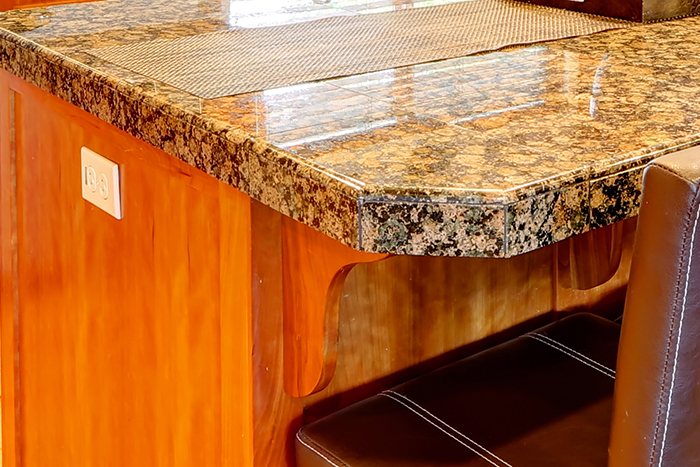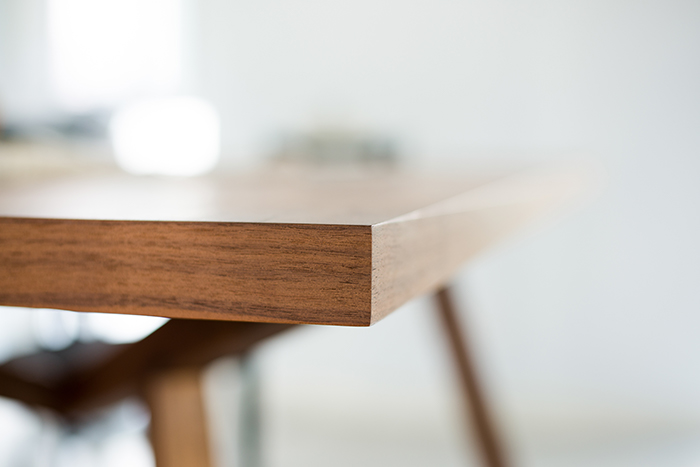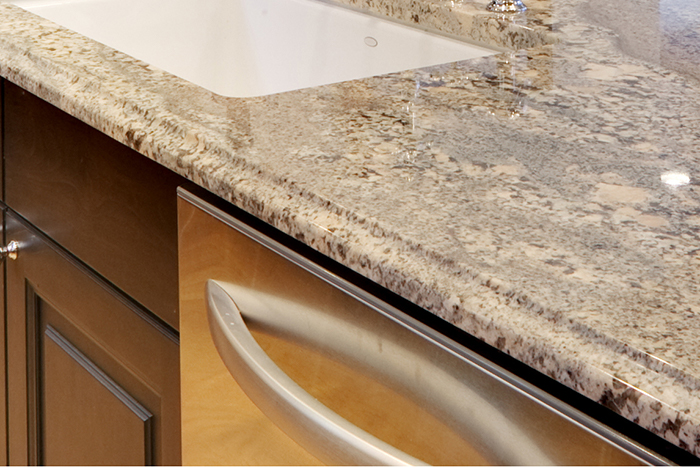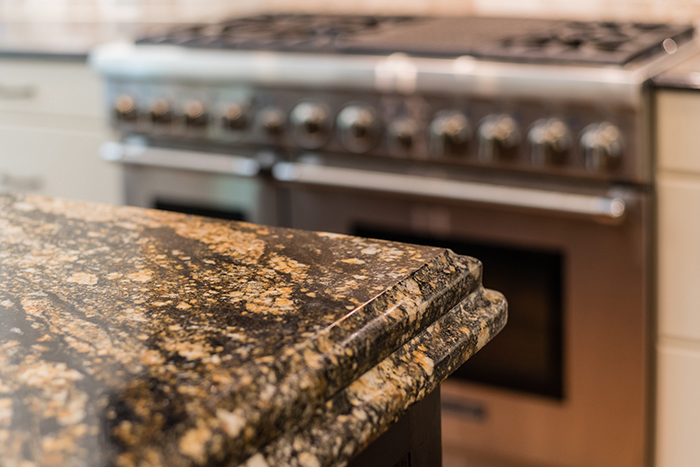Types Of Countertop Edges
As there are different types of countertops, there are different types of countertop edges. Edges that are simple and easy to clean are good for offices, restaurants and other commercial spaces, while a homeowner can splurge a bit on an elaborate edge. Here are some countertop edges to choose from:

Straight & Square
This is as simple as it sounds. The standard straight, square edge is about 3 centimeters, or about 1.18 inches. This is an excellent type of edge for a commercial space.

Mitered & Square
Types of countertops that look thicker than standard tend to have mitered edges. This is when the corner junction of the slab is cut at a similar angle. Usually, they form a right angle. A variation of this is a mitered and eased edge. Eased means its just a little rounded off. This can soften the look of countertops Utah in a commercial space.

Ogee Edge
This is a beautifully carved edge made of a convex and a concave curve. Variants include the flat ogee, the cove ogee, the deep ogee and the half ogee.
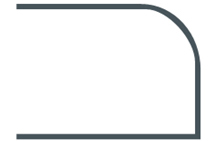
Bullnose Edge
The popular curved bullnose edge has several variants, including the demi-bullnose, the ogee bullnose and the double bullnose that has two descending, convex curves.

Square with Waterfall Edge
This eye-catching edge has an edge that runs straight down the edge of the kitchen island, and makes a statement of durability and beauty in a commercial space. Some fabricators call an edge with three levels of convex curves that cascade over the edge of the island a waterfall edge. This looks much like the double bullnose edge.
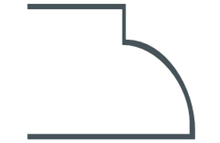
Dupont Edge
This has a brief, 90 degree angle that flows into a round edge. It is a type of ogee edge. A variation is the cove Dupont, which has crescent curves that fall to a 90 degree angle that then continues to a round bottom.
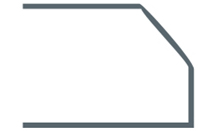
Bevel Edge
A bevel is formed when a straight surface is cut on an angle that’s usually 45 degrees. There are several types of bevel edges, including the 1/4 bevel, the half bevel, the 1 inch bevel, the deeply slanted Hollywood bevel and the bevel top and bottom, or T & B edge.


